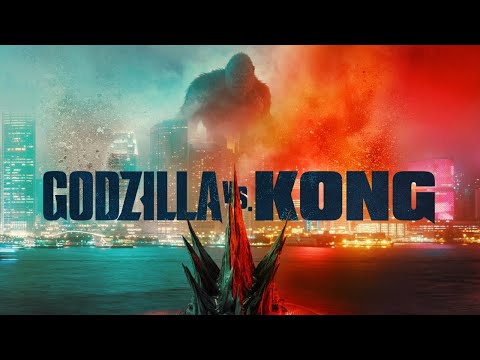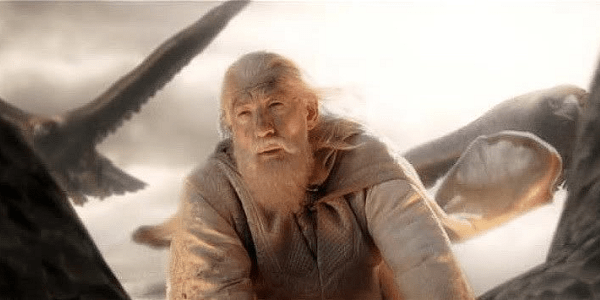CITY SO REAL: Documentary So Great
There are a great number of documentary filmmakers who immerse themselves in the lives of their subjects, but few embed themselves as deeply as Steve James. From his longitudinal masterpiece Hoop Dreams to the change-making urban violence doc The Interrupters to profiling the late, great Roger Ebert in Life Itself, the city of Chicago and its people have remained a key interest to the filmmaker. His excellent new five-part miniseries City So Real once again focuses on the Windy City, this time on the cusp of 2019’s mayoral election. It is a stunning, panoramic view of an America in transition.
The sprawling epic circles on the race for a new mayor following the resignation of the infamous Rahm Emanuel. An effectively constructed sequence visualises the support for the several candidates in the running, capturing them on the road, their popularity communicated through the sight of supportive signs and the sound of cheers – or lack thereof. Although the race is at the forefront, this isn’t a series about the inner workings of each campaign. Nor is there any promotion of any one potential mayor, as the omnipresent lens gives real humanity to the politics, spending ample time with the major players to understand their disparate visions.
Connecting with everyday people
But what’s more important to James than listening to the politicians is paying attention to the people. We sit inside barbershops, local stores, pubs, and other local institutions to understand the pressing socio-economic issues faced by Chicagoans today. The series is compelling for all five hours but it particularly shines when it’s on the ground with Chicagoans to authentically and sensitively explore the issues around race, gentrification, and police accountability, against a backdrop of springing real estate developments and the trial of Jason Van Dyke, a police officer who killed black teenager Laquan McDonald by shooting him 16 times, which is covered in the first two episodes.
City So Real is so immersive because of the personal approach James takes to filmmaking – he’s hands-off as a director but hands-on as a producer, building strong relationships with his subjects to intimately capture them whilst appearing invisible. This allows him to use tools of dramatic storytelling without approaching sensationalism. His favourite is the cliffhanger, which he utilises to bookend each episode, even though the narrative is gripping regardless.
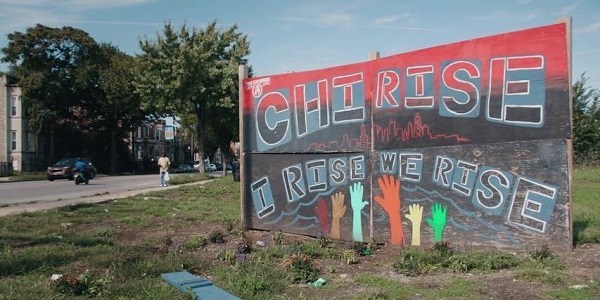
He is very considerate with his visual framing and editing (it’s not a one-man job though, so credit must also go to fellow cinematographer Jackson James and co-editor David E. Simpson), and arranges strong compositions, though that’s a given when shooting such a striking city. In a year where some of the more popular doc series have deficiencies in storytelling, I could easily envision how, in other hands, there would have been some techniques (as simple as the use of score) that would have affected the work greatly, and not for the better.
Following the Van Dyke saga, the third episode looks at the City Council’s plan to build a police academy and the protests that arise from such a proposal, as the citizens recommend that the money be invested elsewhere, such as in education. The same episode also peers into the controversies of some candidates including the popular Toni Preckwinkle, whose handling of sexual misconduct by an ex-Chief of Staff is called into question, and tech entrepreneur Neal Sáles-Griffin, who is challenged by fellow candidate Willie Wilson due to his low number of signatures, meaning he could be kicked out of the race. The drama is thick – as one candidate affirms, “Politics is a bloodsport in Chicago.”
Episodes 4 and 5 impress in different ways
Viable candidate numbers are thinned as we go into the fourth episode, and it is a little less engaging as the filmmaking team focuses more on the macro than the micro, but the craft continues to impress. There are some beautiful moments of actuality here, including when leading candidate Lori Lightfoot’s daughter tells her that she’ll be following in her mother’s footsteps when she grows older. It’s all so skillfully edited to ensure we don’t get lost in tracking the names, details, and districts, as a handy little graphic orients us in the geography of the city.
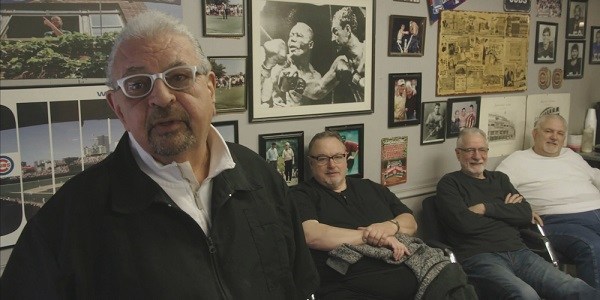
Whilst episodes 1 through 4 are about the concerns of a transitional period and capture the city in all its minute details, the fifth episode is a fascinating sequel with a different approach, taking place a year later. The biggest challenges for the mayor are presented in the form of a pandemic, which warrants hard-line lockdown measures, and the George Floyd protests, which erupt beyond control in the Northside. The beauty of this installment is the journey of a community rebuilding itself through a complicated moment in time, wherein the mayor’s actions become inextricable from Trump’s opprobrium and true progress is stifled.
This episode also stands out as a harbinger for future documentaries to come — James catches up with his characters via video meeting software, and it’s the first time the filmmaker’s presence is transparent. As the first documentary I’ve seen to utilise Zoom talking heads, it surprised me to observe James’s interviews in a “non-film” setting, but the quality of the conversations is no inferior to the contributions they’ve provided throughout the series. These interviews simply reaffirm why this series is so successful – it’s born from a place of strong mutual trust between filmmaker and subject, and the subjects James engages with are the common people of Chicago.
When high-profile endorsements matter
Another dimension of this documentary that I found interesting was witnessing the power of celebrity endorsements. Chance the Rapper’s support for Amara Enyia proves to be a crucial platform for visibility – one signature collector even sports the trademark 3 cap – and we’re in the room when she speaks with the communications director about the bad PR surrounding fellow supporter Kanye West, following his MAGA-hatted SNL gig. The hip-hop artists attract a lot of attention at Enyia’s rallies: people in the streets clamber over themselves to listen to the iconic rappers and leave with a distinctive option to consider on their ballot.
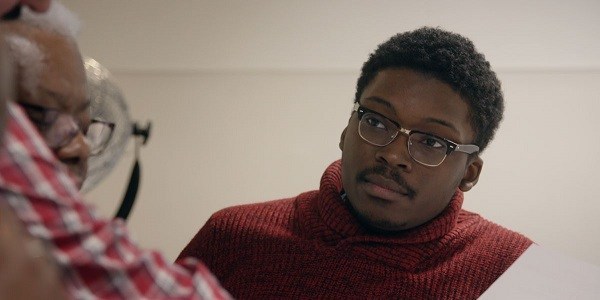
Whilst the music of neither Kanye nor Chance is featured on the soundtrack, there is some really great, well-placed music from artists such as Durand Jones and JC Brooks, contemporary soul singers who are able to channel the forceful vocal energy of Curtis Mayfield, Marvin Gaye and the other 70’s legends who shared political anthems.
Conclusion
As to be expected from Steve James, City So Real is a masterful examination of a people, a place, and a culture. Episodes 1 through 4 make up a compelling, complex mosaic that honours Chicago by giving a voice to the people to effectively highlight the issues that matter to them, and the feature-length fifth episode reinforces the through-line of unity under strong leadership.
In many ways, this film feels like a microcosm of America that may not necessarily leave you with hope – fixing such extraordinary socio-economic issues is simply beyond one mayor’s ability and it doesn’t help to hear the President say the city is “worse than Afghanistan.” But it gives you a lot to think about and appreciate, including a renewed appreciation for high-quality documentary filmmaking that is only really felt every time Steve James returns with a new project.
Will you be watching City So Real? Let us know in the comments below!
All five episodes of City So Real will air on Nat Geo on 29th October 2020 at 7/6c. The series will begin streaming on Hulu from the 30th October 2020.
Watch City So Real
Does content like this matter to you?
Become a Member and support film journalism. Unlock access to all of Film Inquiry`s great articles. Join a community of like-minded readers who are passionate about cinema – get access to our private members Network, give back to independent filmmakers, and more.
Join now!

